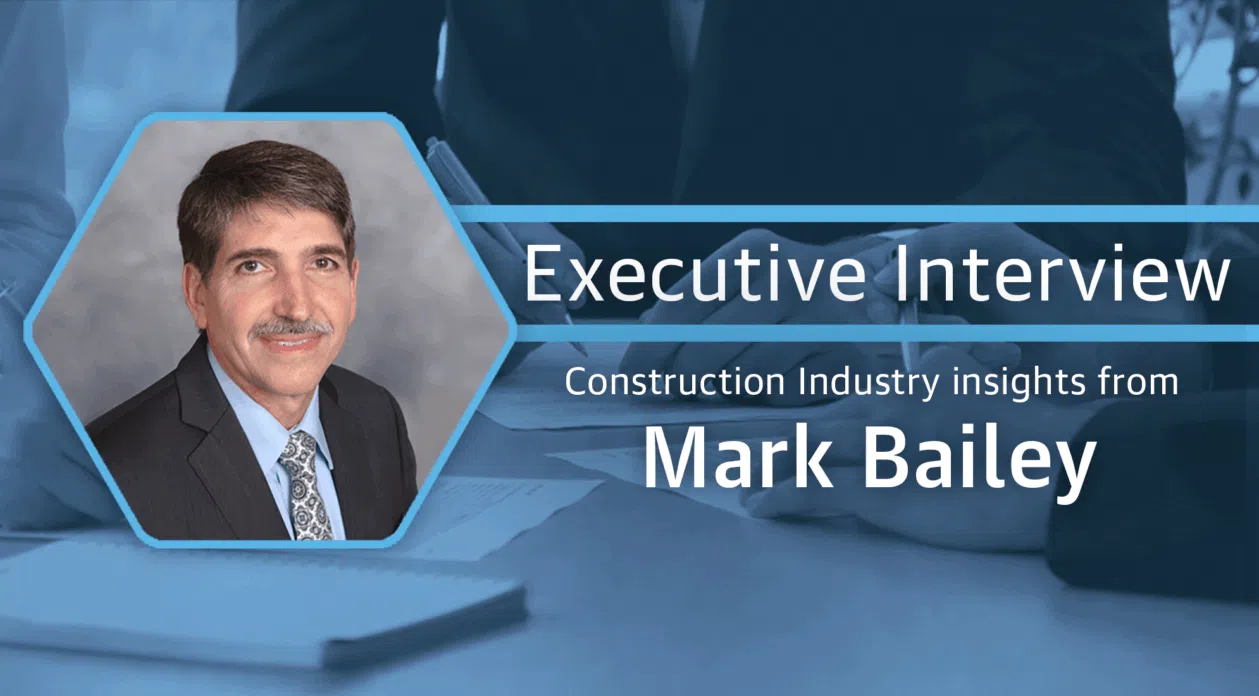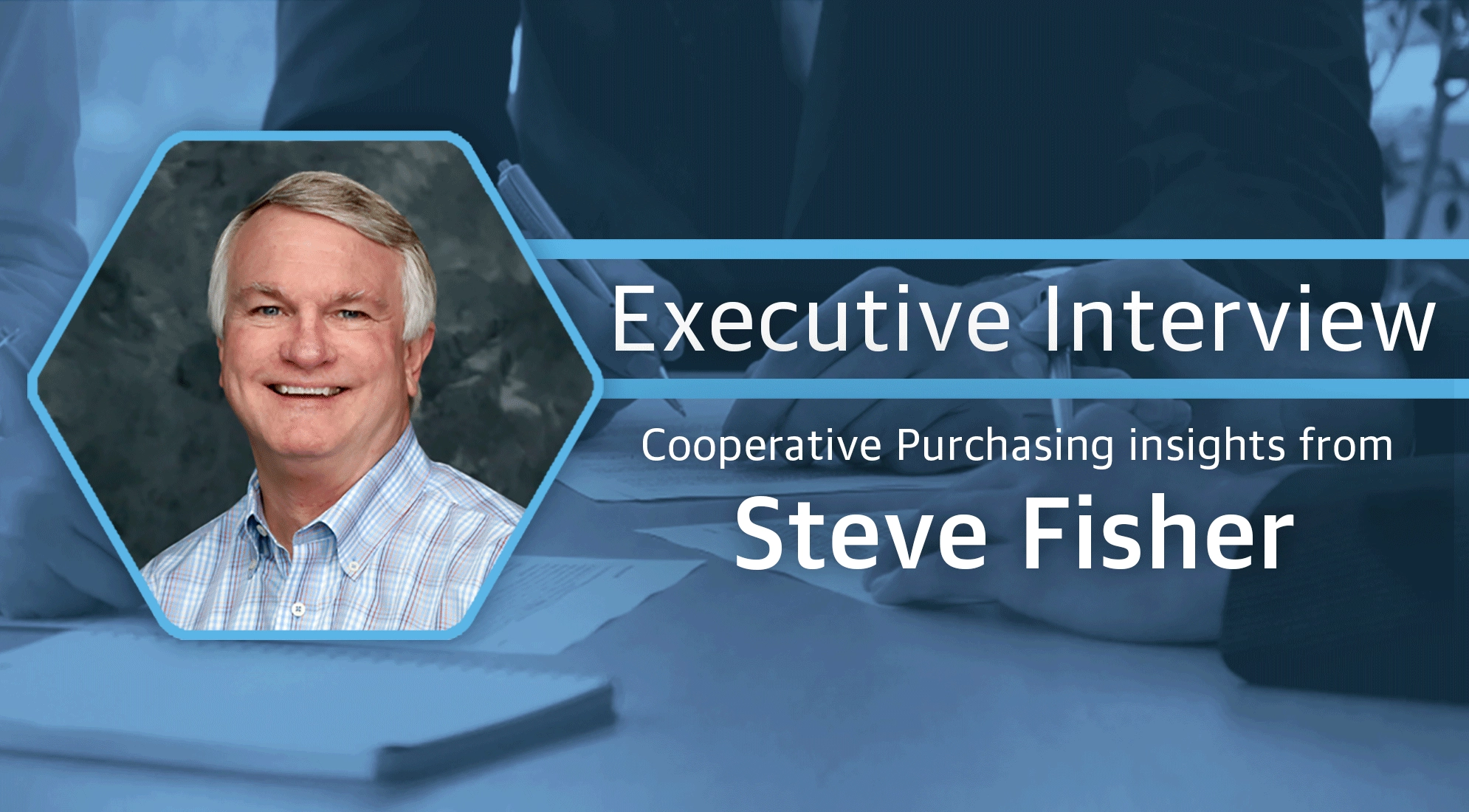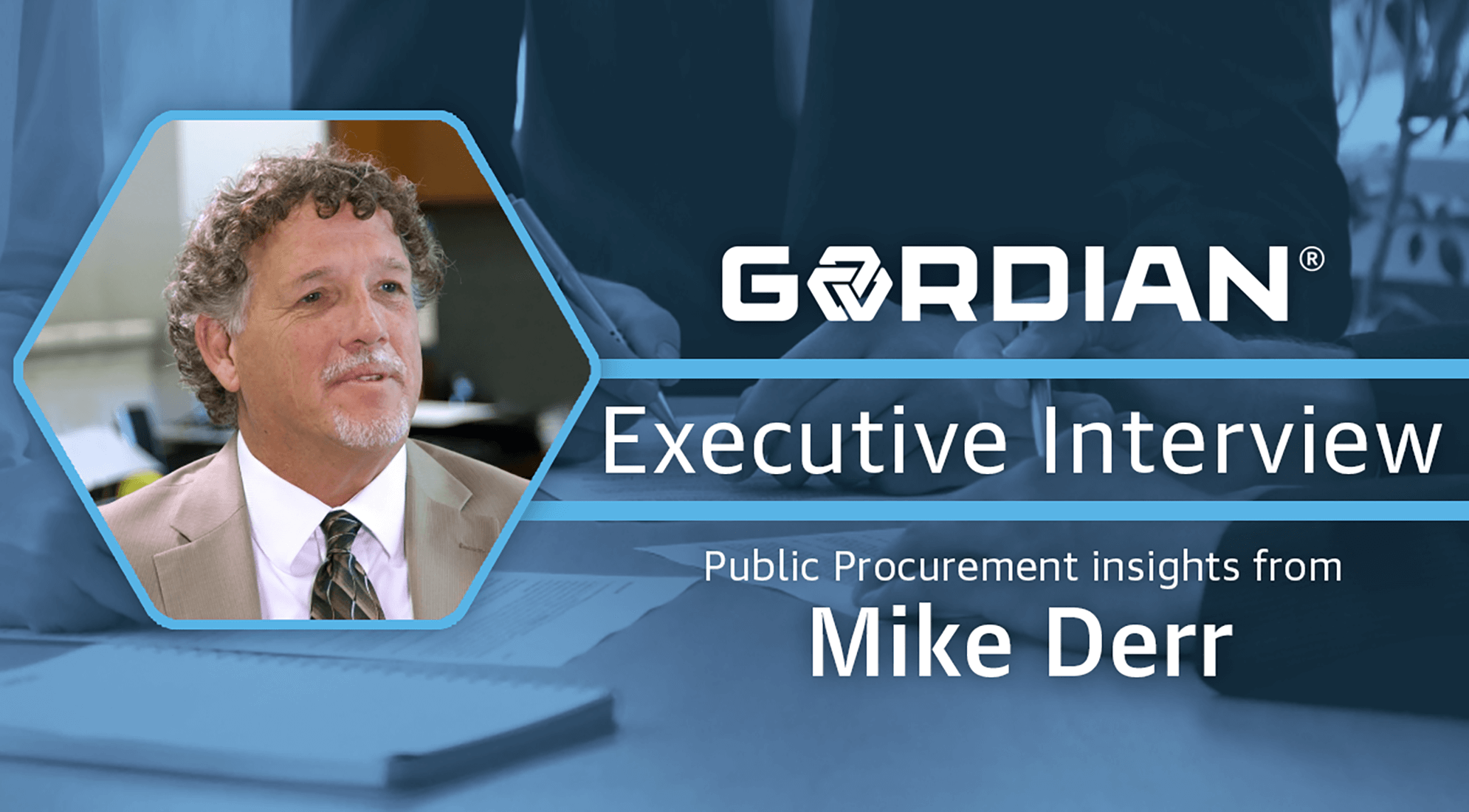
Construction Industry Insights from Mark Bailey
July 12, 2024
There are plenty of unknowns when it comes to looking toward the future of the construction industry. That’s why it is often beneficial to step back and take in the big picture.
Centennial Contractors Enterprises, Inc. (Centennial) is a unit of Bilfinger SE, a global provider of industrial services providing performance-based contracting and design-build services across the country. The main focus of their work rests in renovation, sustainability, infrastructure upgrades and select new building construction for existing customers. Centennial’s priority is earning customer satisfaction by delivering performance excellence that does not sacrifice safety or integrity.
Beginning with roots in the federal government, specifically the Department of Defense, Centennial has since expanded its markets into cities, counties, states, transportation, K-12 and more. Their targeted growth focus is expanding Job Order Contracting (JOC) into the higher education, healthcare and even the private sector – JOC is a proven construction procurement process ideal for use on renovation, building envelope and MEP improvements and smaller new construction projects in support of the customer’s program.
For over three decades Mark Bailey has worked in the construction industry, and this July it will be 20 years with Centennial. Now President at the company, he shares past experiences, what he expects to see in the coming years and best practices going forward when it comes to saving time and money on your next construction project.
What are some of the major trends you think will impact the construction industry in 2018?
The one we all hear about is the shortage of both the skilled workers and to a lesser extent, management in construction. And it is not anticipated to get any better in the near term. That’s a major focus of all companies and industry associations to attract and train people in our industry. I foresee the day where skilled crafts persons will again have a place of prestige and honor in our society.
Another thing we hear about a lot is project collaboration. Everybody knows there’s a need for that, but there’s still an element of: how do we make that happen among the architect, the engineer, the owner and the contractor in a very efficient way? It’s all about developing a trusting relationship. This can significantly, from our perspective, increase efficiency in the construction process. And the inherent elements of a successful JOC facilitate this process.
What is the most exciting new thing to you in construction?
We are excited about the introduction of Job Order Contracting in healthcare. Especially since it’s expanding from the public to the private sector. Because of this trend, we’re fortunate to have won a contract with the Cleveland Clinic, their first use of this procurement method. So having the healthcare industry, both public and private, recognize the benefits of Job Order Contracting, I believe we’re at just the beginning. It’s certainly a trend that is going to allow the healthcare industry to perform construction in a way they haven’t before. One that we believe is more collaborative and efficient. That’s exciting to us.
We’re also expanding further into the higher education market. We looked at opportunities for growth, and we asked: who has a large footprint with a lot of aging infrastructure that could benefit from dedicated on-call construction services? There are a lot of needs for not only maintaining the buildings, protecting them, but also transforming the buildings for different uses.
What challenges do you face when meeting your customers’ needs?
Assisting our customers on a program basis, longer term. Some of our clients have to approach their projects in phases due to budget constraints. Once we complete our project estimates, it is our job to work with them, so they can defer certain elements until the next quarter or fiscal year. And we always try to come up with program solutions. What do you absolutely need? What is essential? And what can we value engineer or do in phases?
Public entities must also protect themselves from an audit standpoint to make sure they can justify to the taxpayers what they are paying, so cost certainty and transparency is key. This is why we like Job Order Contracting – pricing based on the units of work is already established so there’s no uncertainty.
When an owner hires a JOC contractor, they need to know cost effective construction has been provided across the full lifecycle of construction, it was done safely, it was quality work and the needs of the mission of the installation have been taken care of.
Centennial is committed to high performance, so what does this “performance-based” approach mean to you?
Our customers have many choices. So we need to focus on performance in every project to earn the right to be called back and become the preferred provider. We have a value statement that talks about earning customer satisfaction through delivering performance excellence. And that performance is a direct outcome of our people, process and passion
Do you ever run into roadblocks when implementing Job Order Contracting?
Sometimes we run into challenges when there is turnover of the owner personnel or someone new comes in that doesn’t understand how JOC works or the benefits. We refer to it as “losing the JOC champion.” You have to make sure this concept, belief and the adaptation of this as a procurement methodology is accepted throughout both operations as well as procurement. You know there are multiple levels of champions. And you have to find that lead passionate champion that’s willing to stand up and help drive the organization on a new program. But once they see and understand the benefits Job Order Contracting provides their end-users, it usually becomes the preferred method for repair and renovation projects.
Any final thoughts on some of the threats facing the construction industry?
We have to do a better job of going all the way to junior high and try to have the construction industry excite the students about becoming a carpenter, welder, steel erector, etc. – and that needs to be carried through high school. Following that thread, we need to focus on the technical two year higher education programs. Many industry associations, with the support of construction companies, are already working on programs to do just this. In addition, we have a company goal to increase diversity in the construction industry as well as attract veterans into the field to become future superintendents.
Mark Bailey Bio
Mark Bailey is the President at Centennial where he has worked for almost 20 years. He has a dual degree from Lehigh University; BS in Civil Engineering and BA major in Architecture. After graduation he worked for a family-owned building general contractor out of Raleigh, NC. Later, starting as an Assistant Superintendent, supervising tasks such as pouring concrete and laying out anchor bolts to learn how buildings are built. During this time he gained a passion for construction and decided to pursue that career path, following a career track through estimating and project management with a firm specializing in water and waste water construction prior to joining Centennial.
For leisure, Mark enjoys being outdoors and especially loves visiting national parks. He has kayaked and camped in Glacier Bay, summited Mount Rainier for his 40th birthday and when he turned 50 he went to the top of Grand Teton.
Share this:






